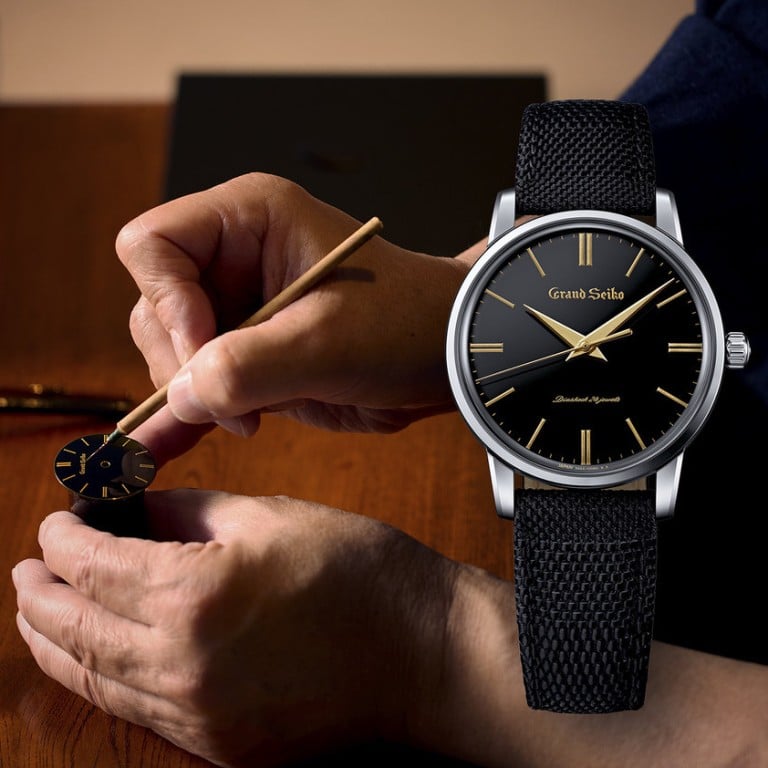6 watches exemplifying Japan’s urushi lacquerware technique: from Seiko’s Presage Kanazawa limited edition and Bulgari’s Diva Finissima Minute Repeater, to Chopard’s zodiac-inspired L. U. C XP

- Patek Philippe and Vacheron Constantin may be better known for their métiers d’art pieces, but it’s the likes of Grand Seiko and Minase creating the most meticulous urushi lacquer watches
- The technique, developed in Japan 9,000 years ago, creates a gloss originating from the Chinese lacquer tree, and the speciality has been embraced wholeheartedly on these watches
As Seiko celebrates the 110th anniversary of the Laurel, its first-ever wristwatch, Grand Seiko came storming out at the end of January with a sleek and subtle re-edition of its first watch, featuring a technique that should definitely be discussed more as wristwatches become art pieces.
Urushi is a type of lacquer native to Japan, developed from the poisonous sap of the Toxicodendron vernicifluum or Chinese lacquer tree. Emerging during the Jomon period in Japan some 9,000 years ago, it was introduced as a luxurious finish for wood and furniture sent to Europe in the 16th and 17th centuries where, for a time, lacquering or varnishing in any fashion was known as “Japanning”.
Here are six of our favourites that use the esteemed lacquer technique.
1. Grand Seiko “First”

This year’s SBGW295 follows the dress watch trilogy commemorating Grand Seiko’s own anniversary in 2020 by combining the iconic design of the first Grand Seiko with a modern 38mm zaratsu-polished titanium case and a subtle black urushi dial with hand-painted gold hands and indices, all done by lacquer artist Isshu Tamura.
2. Chopard L. U. C XP Urushi Year of the Rabbit

While Grand Seiko celebrated an anniversary with a minimalist, one-off urushi piece, Chopard sits at the other end of the spectrum as a non-Japanese maison releasing new, ornate and zodiac-inspired urushi watches every year – including this 39.5mm piece released for the Year of the Rabbit, which costs US$26,200. Each watch is hand-painted by master lacquer artist Minori Koizumi.